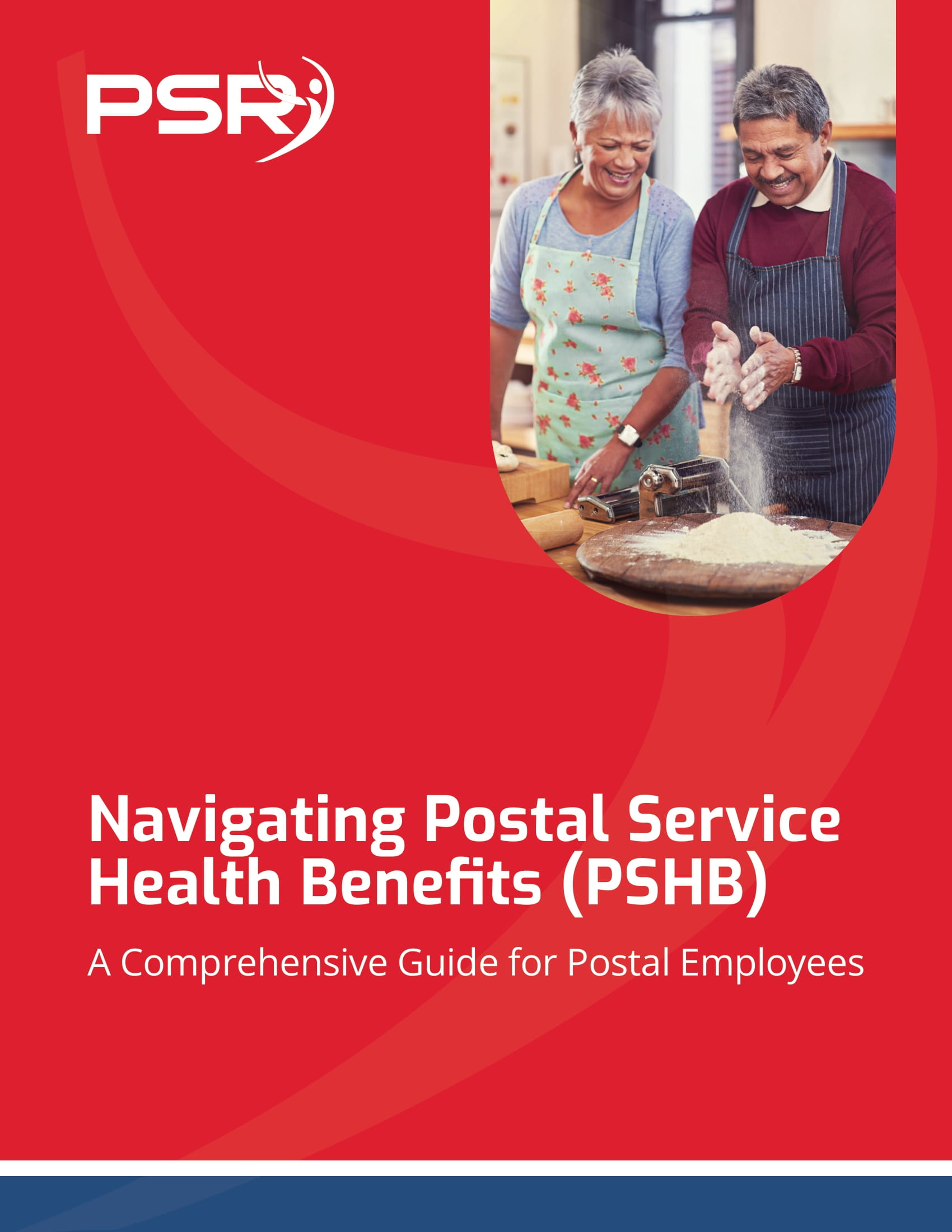Key Takeaways
- Survivor benefits can offer financial stability to your loved ones after your passing, but proper planning is crucial to ensure they receive the maximum benefit.
- Understanding the rules, timelines, and options for survivor benefits can help you make informed decisions and avoid costly mistakes.
Why Survivor Benefits Matter
Survivor benefits aren’t just a “nice-to-have” feature of your public sector retirement
- Also Read: Are You Eligible for the Federal Employee Retirement System (FERS)? Find Out Here
- Also Read: Why TSP Withdrawal Options Might Be More Flexible Than You Think for Federal Retirees
- Also Read: The Top Federal Employee Benefits You Should Be Tapping Into Right Now
Let’s walk through what you need to know to make sure your family gets what they need.
The Basics of Survivor Benefits
Public sector survivor benefits typically include:
- Federal Employees Retirement System (FERS): Provides a survivor annuity to your spouse or eligible dependents.
- Civil Service Retirement System (CSRS): Offers similar survivor options but with slightly different rules.
- Social Security Benefits: Available to your spouse, minor children, or even dependent parents.
- Life Insurance Policies: Can supplement income for your family.
Each of these benefits comes with its own rules, and it’s up to you to coordinate them effectively. Missing deadlines, neglecting required elections, or failing to update beneficiary information can lead to reduced benefits—or worse, none at all.
Understanding FERS Survivor Benefits
If you’re covered by FERS, your spouse is entitled to a survivor annuity, but only if you elect it during retirement. The basic choices include:
- 50% Survivor Annuity: Your spouse receives half of your unreduced retirement annuity.
- 25% Survivor Annuity: A lower benefit for your spouse, but with reduced costs for you during retirement.
- No Survivor Annuity: Only an option if your spouse consents in writing.
Key Details to Keep in Mind
- Cost: The cost of providing survivor benefits is deducted from your monthly retirement annuity.
- Timeline: Elections must be made when you retire. Changes after retirement are rare and often require specific qualifying events.
- Eligibility: Your spouse must have been married to you for at least nine months or be the parent of your child to qualify.
How CSRS Survivor Benefits Differ
CSRS employees have similar options, but the formulas are different. You can choose to provide:
- A full survivor annuity (up to 55% of your unreduced annuity).
- A partial survivor annuity.
CSRS also allows you to make survivor elections at retirement, but unlike FERS, changes post-retirement may be slightly more flexible under certain conditions.
Don’t Overlook Social Security Survivor Benefits
Even if you’re a public sector employee with a robust pension, Social Security benefits can still play a role in supporting your family. Survivor benefits may be available to:
- A spouse aged 60 or older (50 if disabled).
- A spouse of any age caring for your child under 16.
- Your children under 18 (or up to 19 if still in high school).
- Your dependent parents, if they were financially reliant on you.
Timelines and Applications
Applying for Social Security survivor benefits isn’t automatic. Your family must file a claim, and the process can take weeks to months. To avoid delays, ensure they know what documentation is needed, such as your Social Security number, death certificate, and proof of relationship.
Life Insurance: An Extra Layer of Protection
Many public sector employees have access to group life insurance plans. While these policies can provide a significant lump sum to your family, they are not a replacement for survivor annuities or Social Security. Think of life insurance as a supplement—helping with immediate expenses like funeral costs, medical bills, or mortgage payments.
Things to Check
- Beneficiary Designations: Are your beneficiaries up-to-date? Life events like marriage, divorce, or the birth of a child may require changes.
- Coverage Amount: Is the policy sufficient to meet your family’s financial needs?
- Policy Portability: If you leave public service, can you keep the policy or convert it to an individual plan?
The Cost of Not Planning Ahead
Failing to plan for survivor benefits can lead to serious consequences:
- Missed Benefits: If you don’t elect survivor annuities during retirement, your family could be left without this critical income.
- Reduced Payouts: Forgetting to update beneficiaries or coordinate benefits may result in your loved ones receiving less than they’re entitled to.
- Delayed Payments: Without proper documentation, your family could face months of financial uncertainty.
Steps to Ensure Your Loved Ones Are Protected
1. Review Your Benefits Regularly
Set aside time each year to review your benefits package. Confirm that your elections align with your family’s current needs.
2. Update Beneficiary Information
Life changes quickly, and outdated beneficiary information can create confusion and legal challenges. Update this information after major life events like marriage, divorce, or the birth of a child.
3. Educate Your Family
Make sure your spouse and other family members know what benefits they’re entitled to and how to apply for them. Leave clear instructions and keep important documents in an accessible location.
4. Consult a Specialist
Retirement and survivor benefits are complicated. A benefits counselor or financial advisor who specializes in public sector retirement can help you make the right choices.
Common Mistakes to Avoid
- Skipping the Survivor Annuity: Opting out of survivor benefits may save you money during retirement, but it could leave your spouse in financial jeopardy.
- Ignoring Deadlines: Most survivor elections must be made during specific windows, such as at the time of retirement or following a life event.
- Underestimating Costs: While survivor benefits come with deductions, these costs are often worth the long-term security they provide.
- Failing to Coordinate Benefits: Overlapping benefits like pensions, Social Security, and life insurance need careful planning to maximize payouts.
The Role of Survivor Benefits in Estate Planning
Survivor benefits are just one part of your overall estate plan. To ensure seamless financial support for your loved ones:
- Combine survivor benefits with other financial tools like wills, trusts, and savings accounts.
- Discuss your plans with family members so there are no surprises when the time comes.
- Work with an estate planning attorney to cover any legal gaps.
What You Can Do Today to Get Started
Planning for survivor benefits isn’t something to put off until retirement. Start by:
- Requesting a benefits summary from your HR department.
- Confirming beneficiary designations for all accounts and policies.
- Scheduling a consultation with a benefits counselor or advisor.
- Communicating with your family about their role in managing your benefits after you’re gone.
Plan Today to Protect Tomorrow
Survivor benefits can be a lifeline for your loved ones—but only if you’ve taken the necessary steps to plan and coordinate them effectively. By staying informed, keeping your benefits updated, and involving your family in the process, you can ensure their financial stability for years to come. Start now, and give yourself the peace of mind that comes with knowing your loved ones will be cared for.









